#Omorishellmound
Text
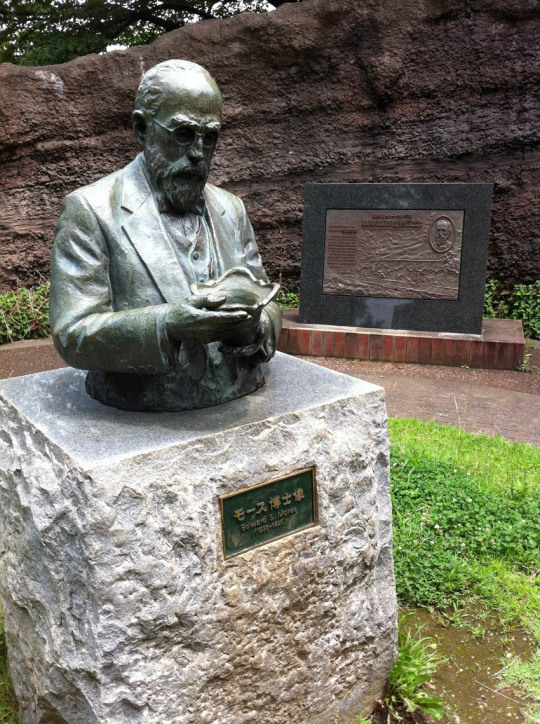
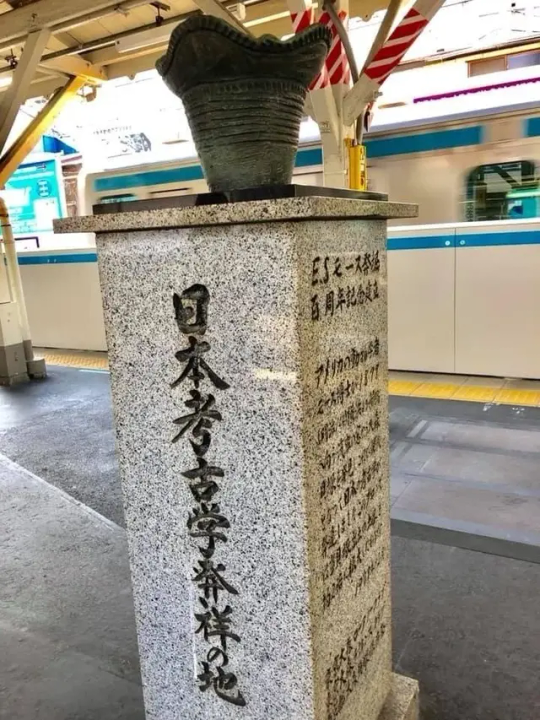

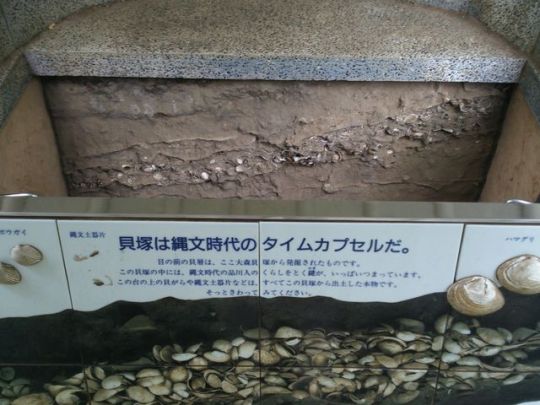
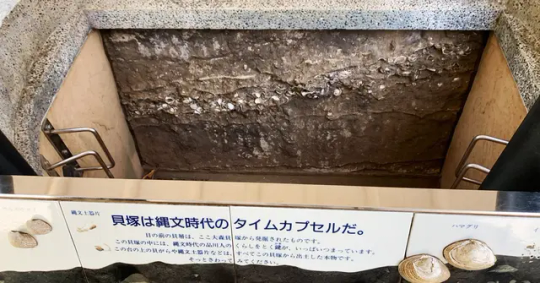
Sean bienvenidos japonistasarqueológicos, a una nueva entrega de arqueología japonesa, una vez dicho esto pónganse cómodos que empezamos.
-
En esta ocasión os voy a presentar al padre de la arqueología moderna japonesa Edward.S.Morse, zoólogo estadounidense del siglo XIX y gran apasionado por el mundo japonés, su hallazgo más relevante fue el montículo de conchas de Omori, cuando lo divisó desde el tren ha raíz de dicho hallazgo, fue venado descubrió la cultura prehistoria Jomon.
-
En la foto se puede apreciar el Montículo de conchas Omori en el momento de la excavación de Morse, en el año 1878 aproximadamente. ¿Lo conocían?
-
Espero que os haya gustado y nos vemos en próximas publicaciones, que pasen una buena semana.
-
日本の考古学者たちよ、ようこそ。そう言われたら、くつろいで、さっそく始めましょう。
-
今回は、近代日本考古学の父、エドワード・S・モース(19世紀アメリカの動物学者で、日本の世界をこよなく愛した人物)を紹介します。彼の最も重要な発見は、大森貝塚で、汽車から貝塚を発見したとき、先史時代の縄文文化を発見したのです。
-
写真は、1878年頃、モースが発掘した当時の大森貝塚です。 ご存知でしたか?
-
気に入っていただけたでしょうか、また今後の記事でお会いしましょう、良い一週間をお過ごしください。
-
Welcome, Japanese archaeologists, to a new installment of Japanese archaeology, and once that's been said, make yourselves comfortable and let's get started.
-
On this occasion I am going to introduce you to the father of modern Japanese archaeology Edward.S.Morse, 19th century American zoologist and great enthusiast for the Japanese world, his most relevant find was the Omori shell mound, when he spotted it from the train, he discovered the prehistoric Jomon culture.
-
The photo shows the Omori shell mound at the time of Morse's excavation in about 1878. Did you know it?
-
I hope you liked it and see you in future posts, have a nice week.
#日本#先史時代#旧石器時代#上毛時代#考古学#ユネスコ#遺跡#横浜#新橋#エドワードシルベスターモース#大森貝塚#日本史#-#japan#prehistory#palaeolithic#Jomoperiod#archaeology#unesco#archaeologicalsite#Yokohama#Shimbashi#EdwardSylvesterMorse#Omorishellmound#Japanesehistory
9 notes
·
View notes
Photo
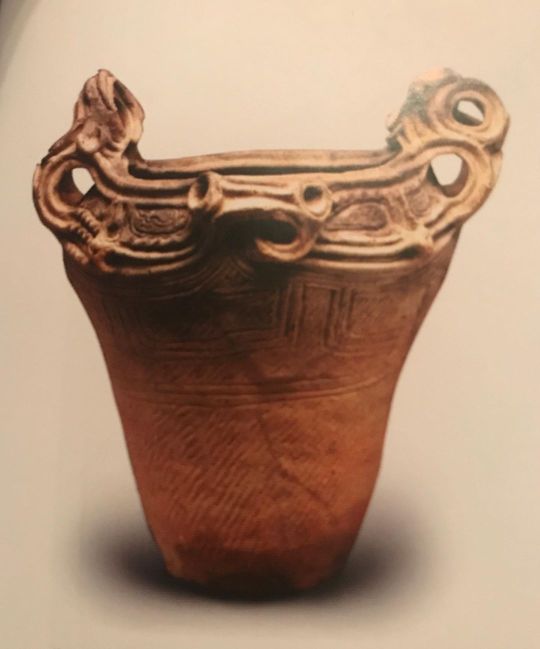
ARCHAEOLOGY - Discovering the World’s Secrets. ‘The Land of the Rising Sun.’ The story of Japanese archaeology as a systematic discipline really began in 1877 when the American zoologist and orientalist #edwardsylvestermorse excavated the Omori Shell Mounds. Morse and his team discovered a style of pottery there that they described as “cord-marked”. In #japanese , this translates as #jomon , which became the term used for the early period of Japanese history (c. 14,000-1,000 BCE), when this style of pottery was produced. 1) A fine example of Jomon earthenware with its distinctive corded decoration and incised patterns. #japanhistory #omorishellmound #worldhistory #history #ancientcivilization https://www.instagram.com/p/CVspEZZrIB9/?utm_medium=tumblr
#edwardsylvestermorse#japanese#jomon#japanhistory#omorishellmound#worldhistory#history#ancientcivilization
0 notes